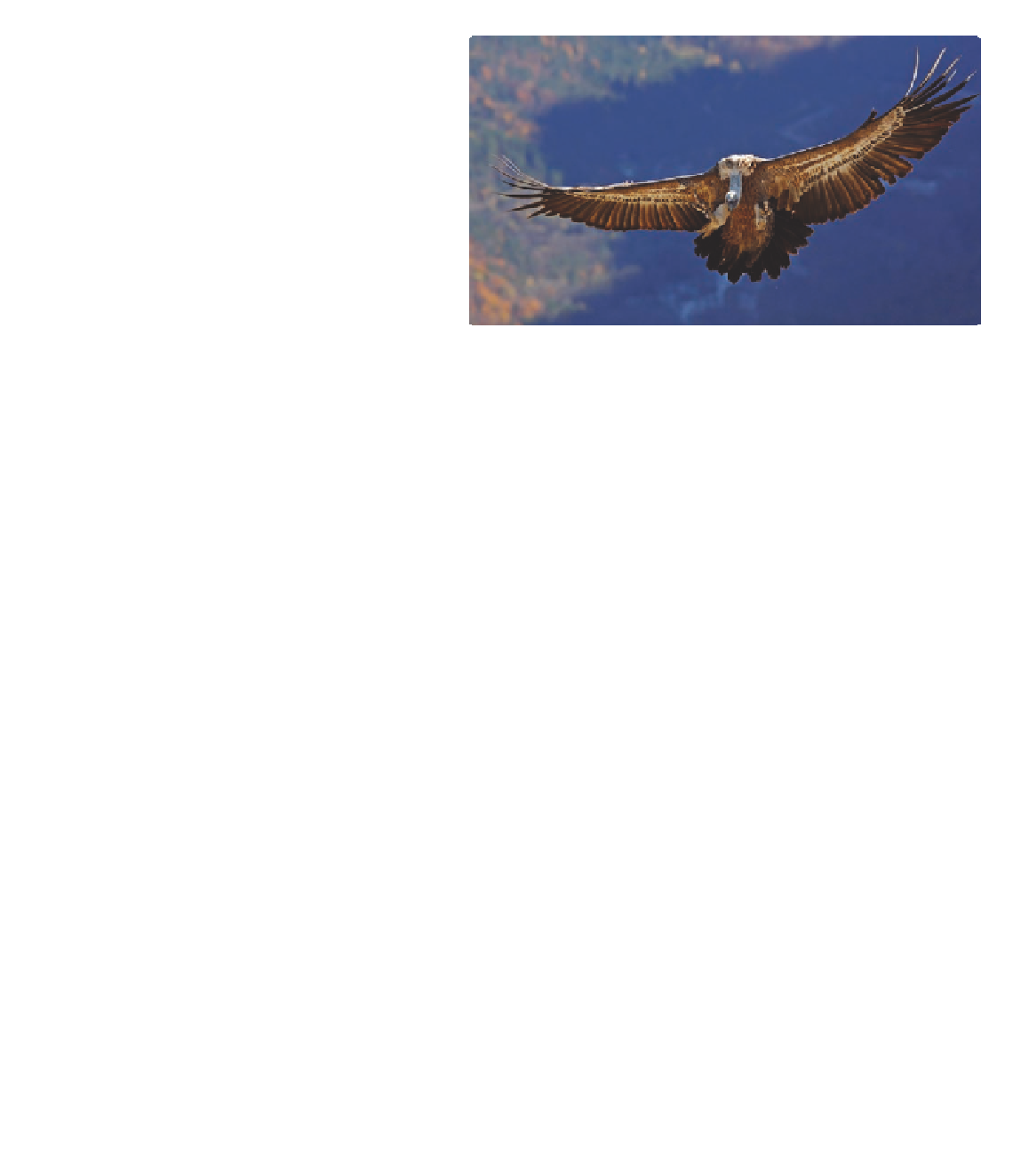Travel Reference
In-Depth Information
110 sTay in a TradiTional
siCilian farmhouse
The success of
agriturismo
on the Italian
mainland has prompted many owners of rural
cottages in Sicily to transform their homes into
country guesthouses. Some lose their character as
a result, but at Il Roveto, a beautifully restored
eighteenth-century farmhouse on the southeast
coast (between Noto and Pachino), the timeless
charm that epitomizes rural Sicily is still very
much intact.
The road up to Il Roveto passes fields of olive
groves and vineyards before turning off up a
dusty track that leads to the farm. There's self-
catering for up to six people in self-contained
apartments, but if a prepared meal appeals
there's a good restaurant in the main building
that serves local meat cooked with produce
grown on the farm, including lemons, potatoes,
mandarins, oranges, prickly pears and olive oil.
The farm is just a few hundred metres from the
Riserva Naturale di Vendicari, a World Heritage
Site that's an important wetland habitat for
migrating birds. You can walk down to the reserve
from the farm, or if you have a car you can drive
to other access points where there are well-
maintained paths to several excellent beaches,
such as Calamoshe. The southern part of the
reserve is more protected, but there is one wide,
sandy beach at Torre de Vendecari and several
hides where you can watch the birds (some two
hundred species have been recorded here).
Although it's not a large reserve, you can easily
spend a day exploring the area, lounging on
the beach and wandering around the marshes
watching the birds before returning to the
farmhouse for a meal produced entirely from the
surrounding land. That's what people have been
doing here for centuries.
Eurasian griffon vulture
111 help To saVe europe's
larGesT bird, CroaTia
One of Croatia's most unspoilt islands, Cres, is
home to the Caput Insulae Ecology Centre in
the rustic village of Beli, where you can join a
volunteer holiday to help protect the rare griffon
vulture.
Now endangered in much of southern Europe,
the griffon vulture - which has an awesome
2.5m wingspan that allows it to glide as far
as 650km in a day - has historically fed on
livestock carcasses on the rocky hills of Cres,
but as traditional sheep-rearing has declined
food sources have become scarce. The ecology
centre exists to preserve the vulture population:
it has a sanctuary where injured birds are
rehabilitated for release, and the staff and
volunteers also monitor feeding sites, collect
data on bird behaviour and educate locals to
leave dead animals out in the open.
There's also time to explore the island's many
beaches, help to pick olives or develop the seven
eco-trails in the area, or to spot the two hundred
other bird species found on Cres. But there's no
doubt that the ultimate thrill here is to be sitting
in one of the Centre's hides as you hear the heavy
flap of a vulture come to rest only metres away.
Need to know
Ferries go from both the Croatian
and Italian mainland to Cres, from where there are
two buses each weekday to Beli. Minimum visits
are for one week. For prices, volunteer testimonials
and details of the eco-trails see
W
www.supovi.hr;
T
+385 (0) 913 357 124.
Need to know
For prices and directions to the
farmhouse see
W
www.roveto.it;
T
+39 (0) 9316
6024. Minimum stay is three nights. The best time
to see migratory birds in the Riserva Naturale di
Vendicari is December and January.





















Search WWH ::

Custom Search